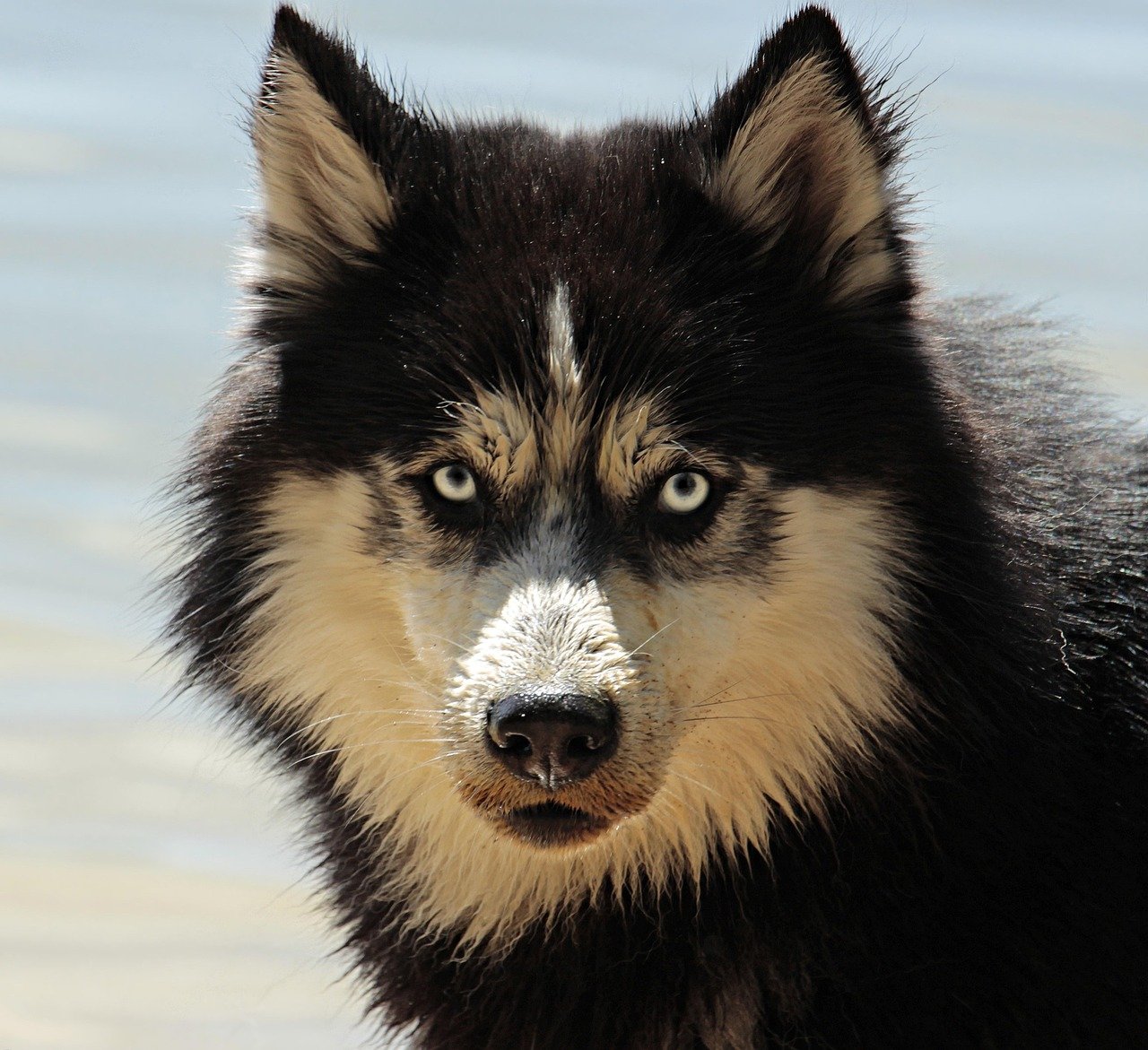Have you ever watched your beloved dog and wondered if something was changing beneath the surface? Many pet owners miss the subtle, almost invisible signs that their dog might be on the path to aggression. It can be shocking and heartbreaking to realize that your sweet companion is showing early signs of trouble – often in ways we don’t expect. Understanding these silent signals is not just important, it could be the key to keeping everyone safe and happy. Let’s dive into the quiet, often overlooked clues that your dog might be getting aggressive, so you can protect your bond and your best friend.
Sudden Stiffness in Body Language
One of the earliest and most overlooked signals is a sudden, rigid stiffness in your dog’s body. When a dog who is usually relaxed suddenly tenses up, it’s a clear sign that something has changed in their mood. You might see their muscles tighten, their tail freeze, and their posture become upright and unyielding. This kind of stiffness is like a silent alarm bell, warning you that your dog is feeling threatened or uncomfortable.
Many people mistake this tension for excitement or even concentration, but it can be a precursor to a more serious reaction. If your dog suddenly stiffens when approached or when something unusual happens, it’s time to pay close attention. Ignoring this subtle sign can lead to an escalation, as dogs often stiffen moments before growling, snapping, or biting.
Prolonged, Direct Eye Contact
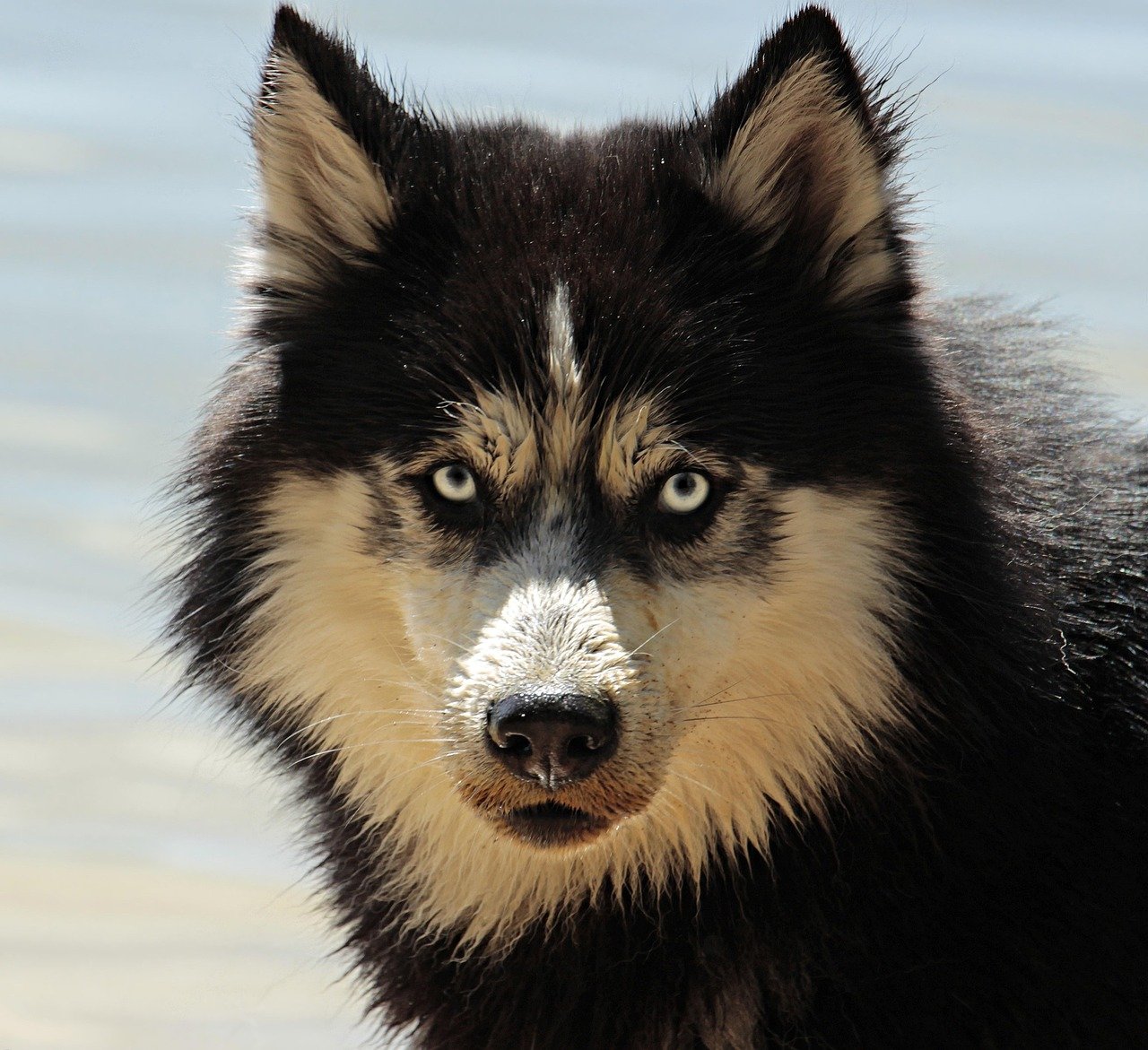
Staring might seem harmless, but in the dog world, prolonged direct eye contact is often a warning. Dogs who are happy and relaxed will usually avert their gaze or blink softly. But when a dog locks eyes with you or another pet and holds that gaze, it’s often a challenge or a sign of discomfort.
This intense stare is a silent way dogs communicate that they are not comfortable, and it usually happens before more obvious aggressive behaviors. If your dog starts to fixate on people or animals with an unwavering stare, take it seriously. It’s their way of saying, “Back off.” Stepping in early can make all the difference in preventing a more serious incident.
Growling Under Their Breath
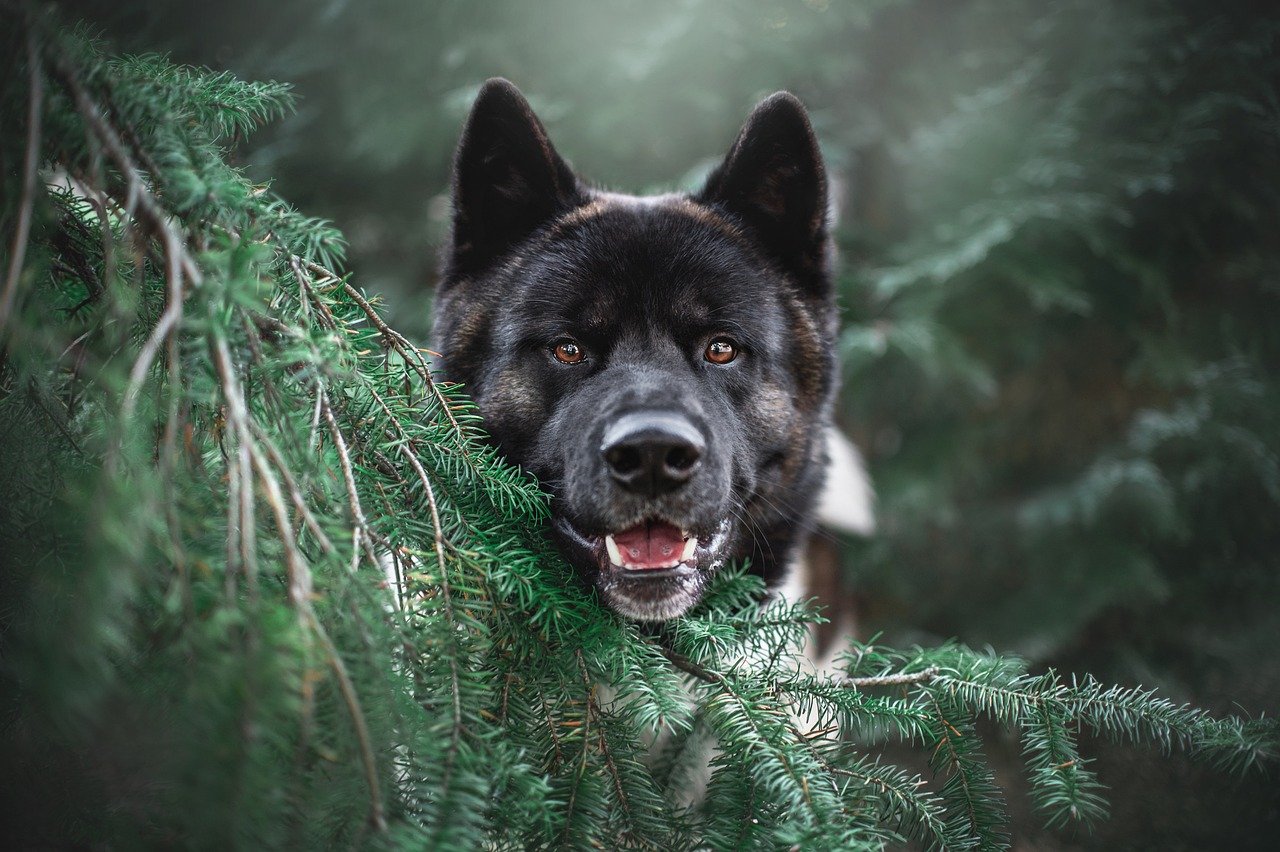
Not all growls are loud or obvious. Sometimes, dogs will produce a low, almost inaudible growl deep in their throat. This quiet growl can be easy to miss, especially in a noisy environment or if you’re not looking directly at your dog.
This type of growling is often a last-ditch effort to communicate discomfort before a snap or bite. It’s not meant to be playful or mischievous—it’s a clear message that your dog wants space. Ignoring these quiet warnings can be dangerous, as the next step is often more aggressive. Listening carefully to these subtle sounds can help you act before things escalate.
Yawning When Not Tired
It might surprise you, but dogs use yawning as a way to cope with stress or anxiety, not just when they’re sleepy. If your dog starts yawning frequently in tense situations—like when meeting new people or during loud noises—it could be a warning sign.
This kind of yawning is different from the relaxed, sleepy kind. It’s usually exaggerated, and the dog may look away or lick their lips right after. These are signs your dog is trying to calm themselves down and avoid conflict. Paying attention to this subtle body language can help you recognize your dog’s discomfort before it turns into aggression.
Lip Licking and Nose Nudging
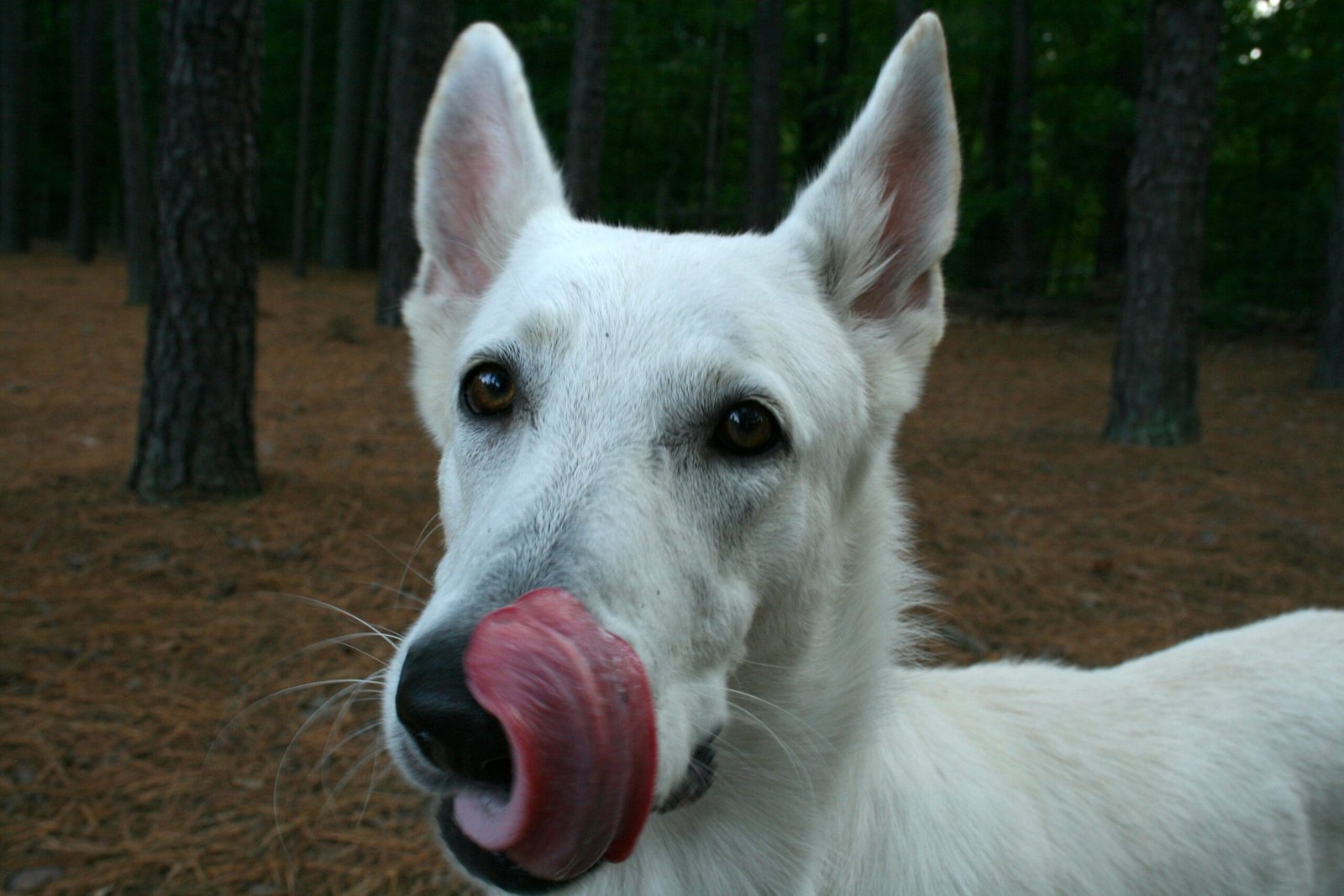
Dogs often lick their lips or nudge their nose when they’re feeling nervous or threatened. While these actions might look cute, they’re actually signals of stress. If your dog is constantly licking their lips when someone approaches or nudging their nose repeatedly, it’s time to take notice.
These behaviors are part of your dog’s “calming signals,” meant to diffuse tension and prevent aggression. However, if ignored, these small signals can give way to more overt warning signs. Recognizing them early allows you to remove your dog from uncomfortable situations before things get out of hand.
Tail Held High and Still
A wagging tail is usually a symbol of happiness, but a tail that is held high, stiff, and still is often a red flag. When dogs feel threatened or are preparing to assert dominance, their tails go up and stop moving.
This posture is a way for dogs to make themselves look bigger and more intimidating. It’s a silent warning that they are ready to defend themselves if needed. If you notice your dog’s tail suddenly shooting up and freezing in place, especially in new or stressful situations, it’s time to intervene calmly.
Excessive Panting, Even When Cool
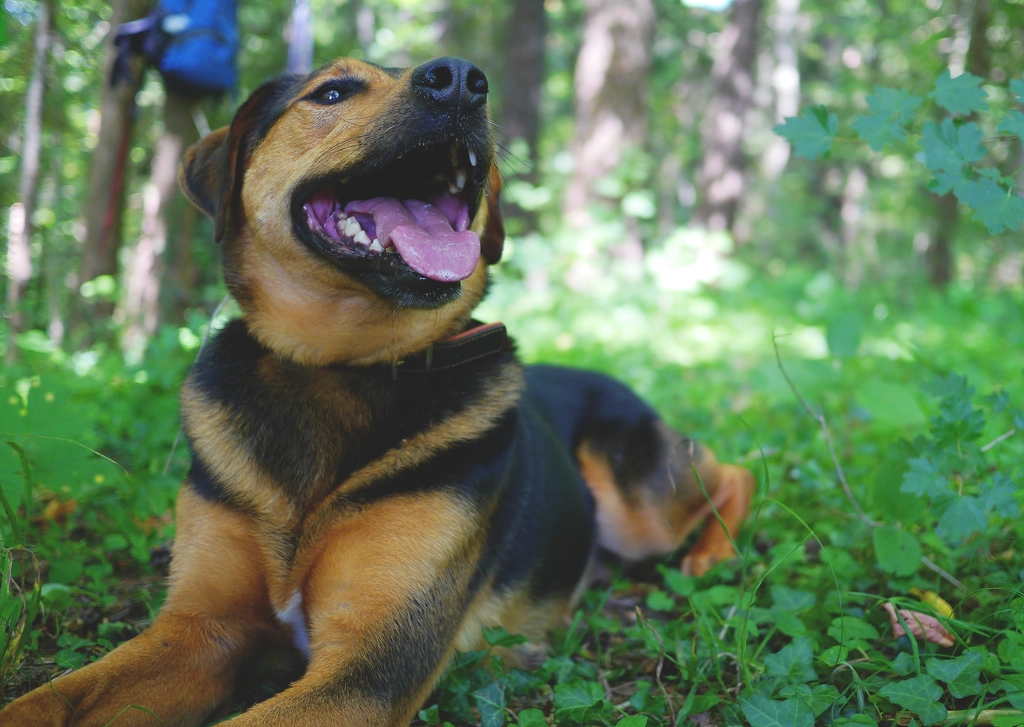
Panting is normal after play or in hot weather, but excessive panting when your dog hasn’t been active or it isn’t warm could be a sign of stress. Dogs pant to cool down, but they also use it to manage fear or anxiety.
If your dog starts panting heavily in situations that don’t warrant it—like when strangers enter the house or during a routine vet visit—it could be a sign they’re feeling overwhelmed. This kind of panting might be accompanied by other subtle warning signs, like pacing or avoiding eye contact. Recognize excessive panting as a possible early sign of agitation.
Sudden Avoidance or Hiding
A dog that suddenly starts avoiding you or hides when you approach is sending a strong message. This withdrawal is often a sign that your dog feels threatened or anxious and could be thinking about defending themselves if pushed further.
This behavior is especially concerning if your dog is normally social and outgoing. Changes like this can mean they’re becoming less tolerant and more on edge. Approach with caution, and try to identify what might be causing their discomfort so you can address it before it turns into aggression.
Unusual Sensitivity to Touch
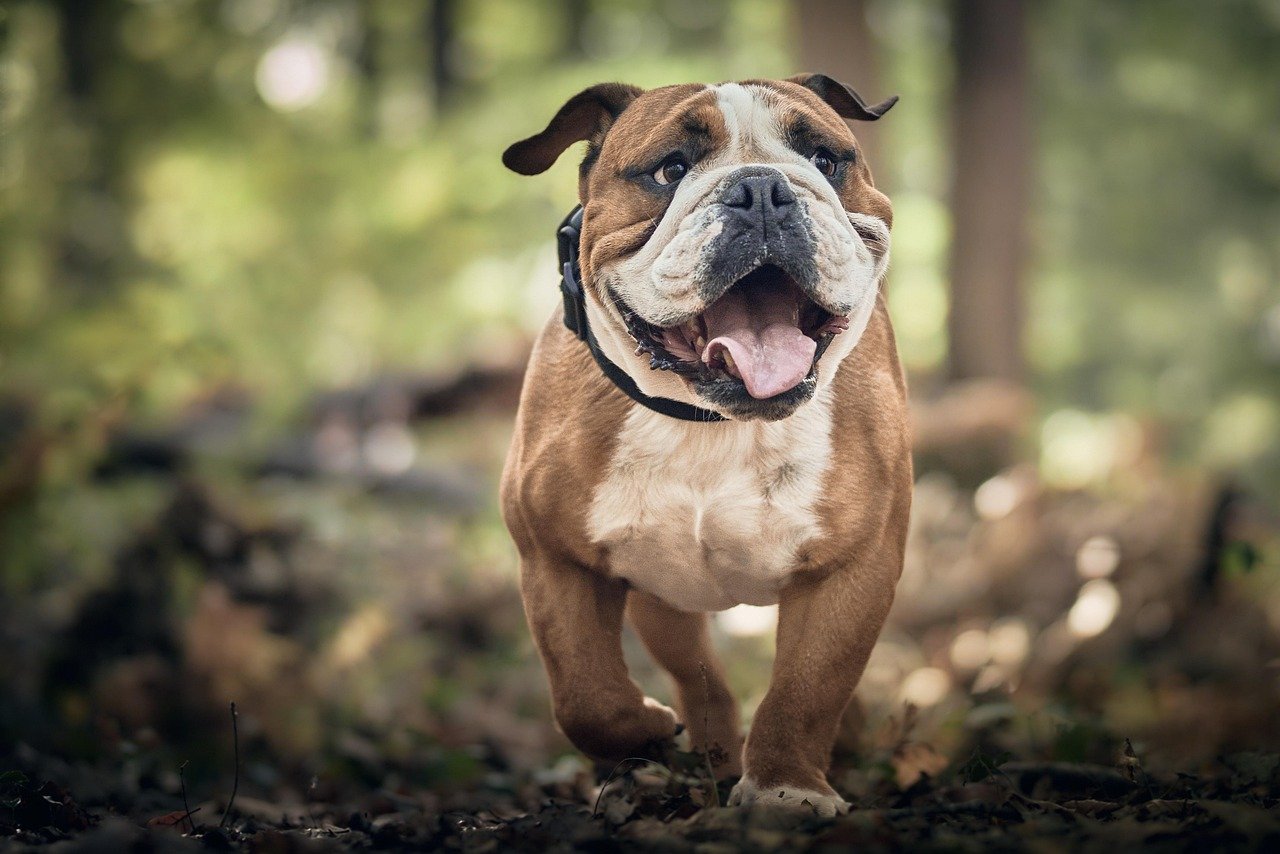
Dogs that become aggressive often show a new or heightened sensitivity to being touched, especially in certain areas. They might flinch, move away, or even growl when you try to pet them. This can be shocking, especially if your dog used to love cuddles.
This sensitivity can be caused by pain, fear, or a growing sense of unease. If your dog starts reacting negatively to touch, especially if you notice it happening more often, it’s time to consult a professional. Don’t ignore these new sensitivities; they are often the first step toward more pronounced aggression.
Pinned-Back Ears and Tense Facial Muscles
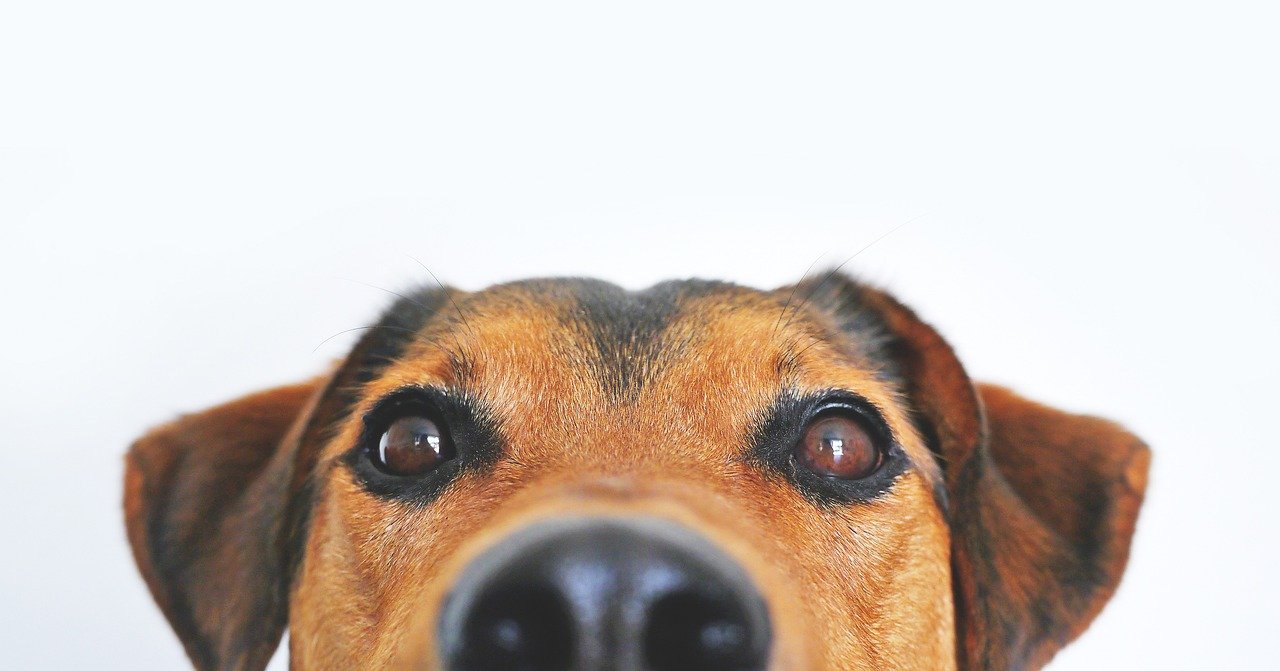
Your dog’s face can tell you a lot about how they’re feeling. When a dog’s ears are pinned back tightly against their head and their facial muscles are tense or wrinkled, it’s usually a sign of fear or irritation.
This look is very different from the soft, relaxed expression of a happy dog. It’s a silent signal that your dog is uncomfortable and may lash out if the situation doesn’t change. Watch for these facial cues, especially in new or high-stress environments, as they often precede more obvious aggressive acts.
Resource Guarding Behavior
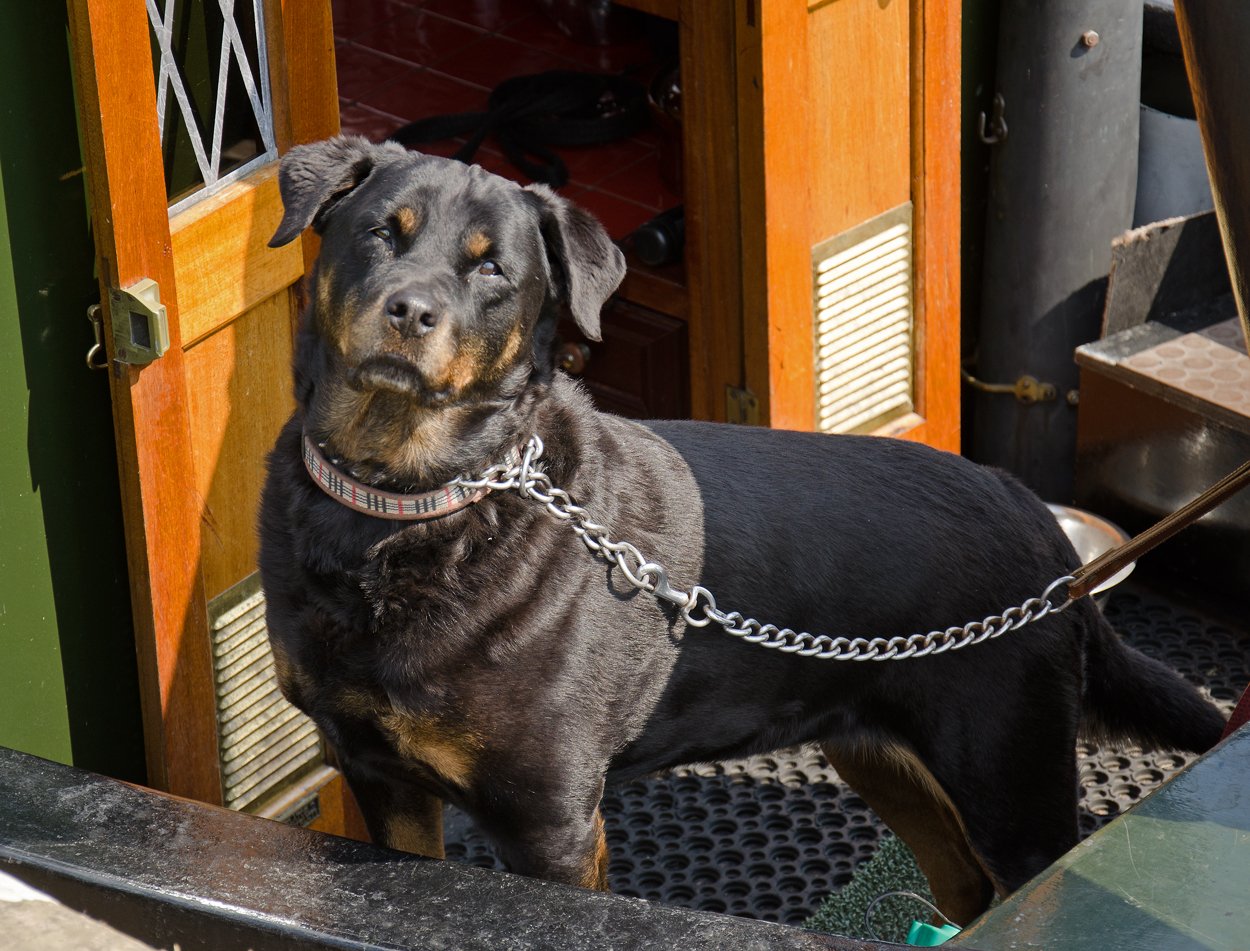
Resource guarding is when a dog becomes possessive of food, toys, or even people. You might notice your dog stiffening, growling, or snapping if someone approaches while they have a favorite item. This behavior can start out very subtly—maybe just a tensing of the body or a quiet growl.
If unchecked, resource guarding can escalate into full-blown aggression. It’s important to recognize and address this behavior early on. Training and consistent boundaries can help, but if your dog starts showing these signs, don’t ignore them—they’re silently telling you they feel threatened and are ready to protect what’s theirs.

Esther is from India; the heartbeat of South Asia, holding a Master’s degree in Zoology and a postgraduate diploma in Animal Welfare. Her enthusiasm for animal welfare drives her passion and dedication to working for animals, ensuring their well-being, and advocating for their rights. With a solid academic background and hands-on experience, she is committed to making a positive impact in the field of animal welfare. In her free time, she enjoys embroidery and sewing. As a Chennaite from Tamil Nadu, Esther loves Bharathanatyam, an Indian classical dance form.

